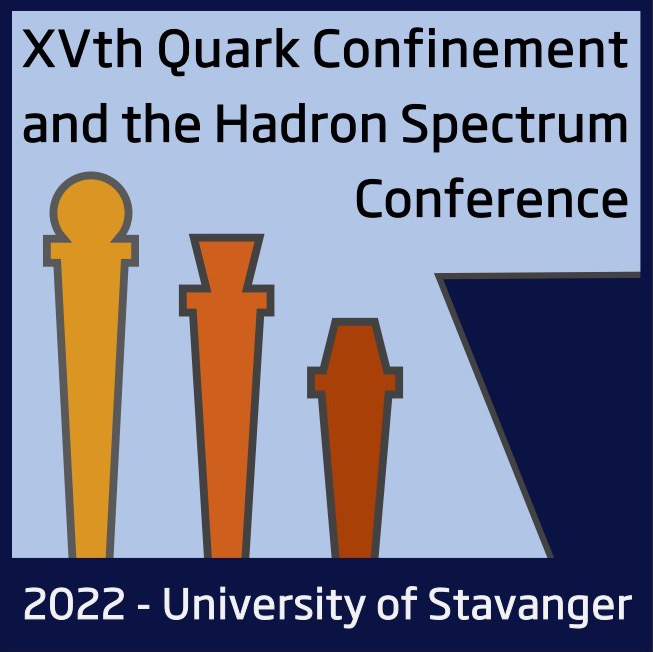Speaker
Description
We systematically explore real and complex saddle points for the Hubbard model on hexagonal lattice at zero and non-zero chemical potential. As a result of this study, we formulate the saddle point approximation to the path integral, which is essentially the gas of weakly interacting instantons. Since bosonic part of the action is Gaussian, Euclidean field equations for instantons should necessarily include back-reaction from fermionic determinant to describe any non-trivial solution. We follow this route and give approximate analytical description for these instantons.
We formulate a classical partition function for the instanton gas, that has predictive power. For a given parameter set, we can predict the distribution of instantons and show that the instanton number is sharp in the thermodynamic limit, thereby defining a unique dominant saddle point. This knowledge can be subsequently used to predict the dominant thimble for the path integral at finite chemical potential and to substantially weaken the sign problem.
We also study the physical properties of the instanton gas approximation. It fails to capture the magnetic transition inherent to the Hubbard model on the honeycomb lattice, but captures local moment formation. In fact, an instanton corresponds to local moment formation and concomitant short ranged antiferromagnetic correlations. This aspect is also seen in the single particle spectral function extracted from the instanton gas approximation that shows clear signs of the upper and lower Hubbard bands and bears striking similarities with the exact results obtained using Quantum Monte Carlo simulations.
As further perspectives, we discuss the possibilities for systematic improvements by taking into account fluctuations around the dominant multi-instanton saddle point field configuration.

